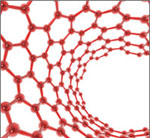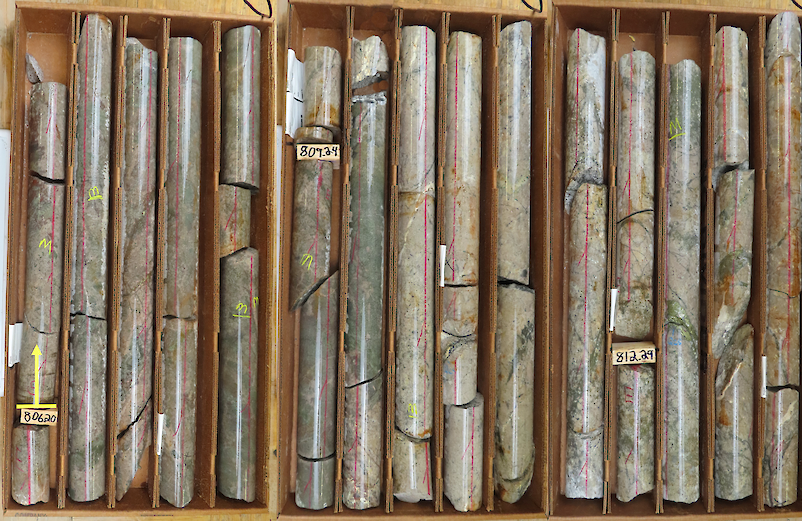 If you look at a carbon nanotube with the naked eye, you won't see much more than black powder; but EU-funded scientists have developed a novel way of making these multipurpose nanotechnology building blocks more visible.
If you look at a carbon nanotube with the naked eye, you won't see much more than black powder; but EU-funded scientists have developed a novel way of making these multipurpose nanotechnology building blocks more visible.The team worked out ways to make use of the carbon nanotubes' relatively high surface area, which allows many other molecules, including those capable of emitting light, to attach themselves to it. These molecules take the form of chemicals that are able to display red light.
As part of an EU project, researchers have been preparing and characterizing luminescent materials wherein suitably designed organic and inorganic luminophores are encapsulated within nanocontainers that can preserve and even improve their emission output.
However, the team discovered it's not as simple as attaching light-emitting molecules, as IPC PAS Researcher Valentina Utochnikova explains: "Attachment of light-emitting complexes directly to the nanotube is not favorable because the latter, as a black absorber, would highly quench the luminescence."
To combat this unwanted light absorption, the team subjected carbon nanotubes to a thermal reaction at 140–160⁰ Celsius in a solution of ionic liquid modified with a terminal azido function. . .on one side, the anchors are attached to the nanotube's surface and on the other, they can attach molecules capable of emittable light. Prepared nanotubes are subsequently transferred into another solution containing a negatively charged lanthanide complex with europium.
"Lanthanide compounds. . .are very attractive for photonics, as they are characterized by a high luminescence-quantum yield and high color purity of the emitted light," says Utochnikova.
After dissolving in solution, negatively charged europium complexes are spontaneously caught by positively charged free terminals of anchors attached to nanotubes due to electrostatic interaction. Subsequently, each nanotube is durably coated with molecules capable of emitting visible light.



































